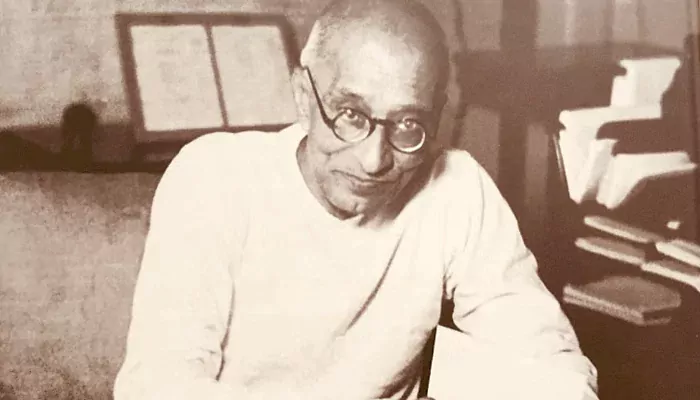
From shores to streets, how salt became a symbol of India's fierce resistance.
In 1930, Mohandas Karamchand Gandhi bent down on the shores of Dandi and picked up a handful of salt. That simple act turned into a roar across India. The Salt March was not just a protest against a tax, it was a rebellion against an empire. And it wasn't just Gandhi who walked—others followed. In places like Vedaranyam and Dharasana, local leaders carried forward his fire. What began on the west coast found its echo on the east and deep into Gujarat.
In Tamil Nadu, C. Rajagopalachari, known as Rajaji, answered Gandhi's call and planned a Salt March of his own. Starting from Tiruchirappalli, Rajaji led a group of volunteers on foot towards the coastal village of Vedaranyam on April 13, 1930.
This journey wasn't easy. It covered nearly 150 miles and passed through many villages. But with each step, support grew. People cheered, offered food, and even joined in. Rajaji spoke of swaraj, equality, and the cruelty of the salt laws. His march turned into a mobile classroom of civil resistance.

The success of the Vedaranyam march also owed much to a local hero—Sardar Vedaratnam Pillai. A salt merchant from the area, he knew the land, the salt pans, and the people. More importantly, he believed in Gandhi's vision.
Pillai helped organise the volunteers, arranged secret food drops, and even helped guide the march through safer routes. His home became a hub of action. His idea was to break the salt law at Vedaranyam, where the British had fewer eyes. On April 30, the Satyagrahis collected salt from the sea. Rajaji was arrested the same day. Pillai, too, was jailed. But the message had been delivered loud and clear.
While the East Coast was stirring, Gujarat was witnessing its own storm. After Gandhi was arrested, Sarojini Naidu took over leadership of the next protest at Dharasana Salt Works. A poet, activist, and powerful orator, Naidu was not new to sacrifice, but Dharasana tested her in new ways.
On May 21, hundreds of nonviolent protesters, including Naidu, marched toward the salt depot. What they faced was brutal. Police lathi-charged them mercilessly. Not a single protester raised a hand in retaliation. American journalist Webb Miller was there. His report described the beating of Satyagrahis in graphic detail. It shocked the world. And it made Dharasana a turning point in India's freedom struggle.
Both Vedaranyam and Dharasana highlighted that women were not just participants here; they were leaders. Rukmini Lakshmipathi, who joined Rajaji's march, became the first woman jailed during the Salt Satyagraha. Sarojini Naidu, at Dharasana, led in the face of violence and fear.
Their courage inspired thousands more. Women across the country joined picketing, marches, and civil disobedience. Salt was now more than a symbol. It was empowerment.
The Salt Satyagraha began in Dandi but was never meant to end there. It flowed into small villages, coastal towns, and even global headlines. The protests at Vedaranyam and Dharasana showed that India's fight was not limited to one place or man. It was a movement carried forward by many hands.
From Rajaji's southern route to Naidu's fearless stand, the spirit of Dandi marched on. Salt had united India, and reminded the British that their empire rested on shaky ground. Even the smallest grain of salt can shake an empire when lifted by the hands of the determined.